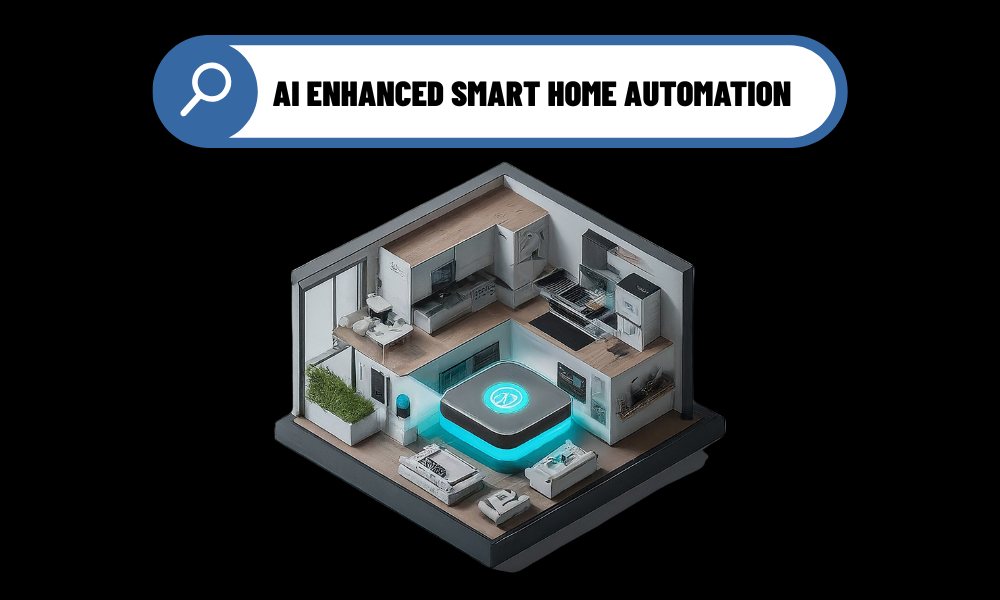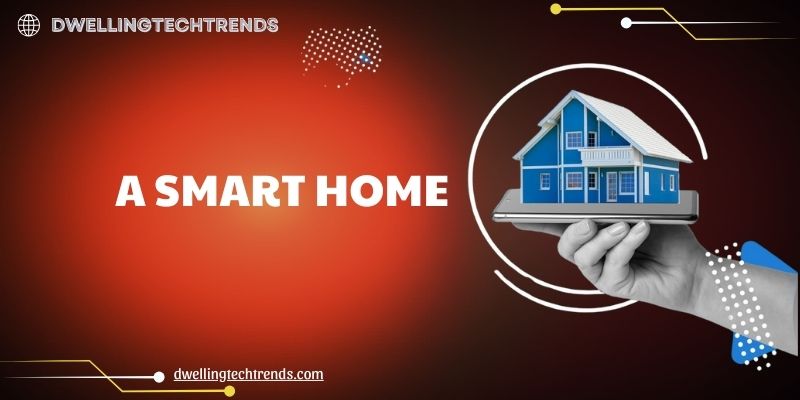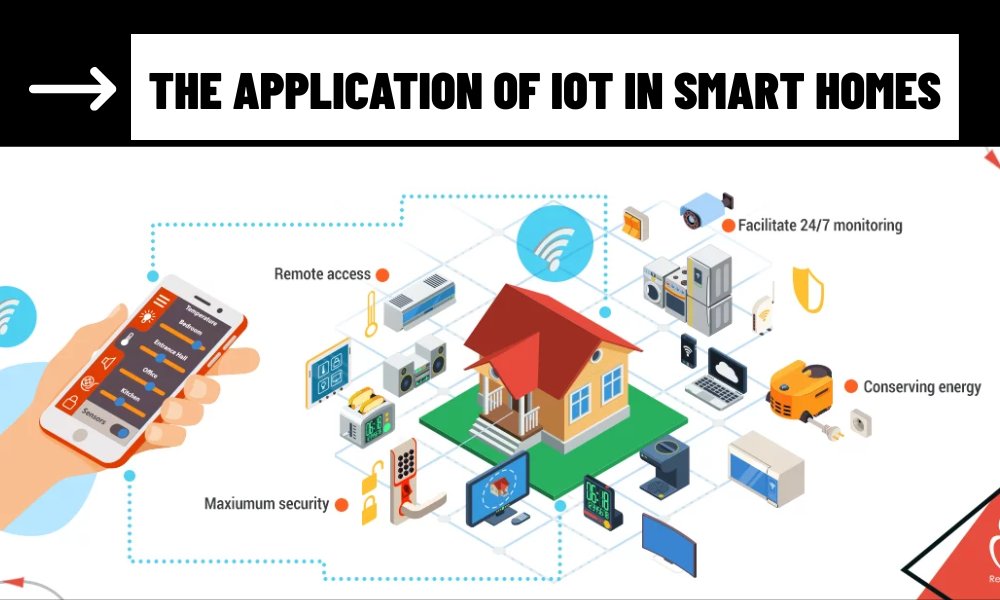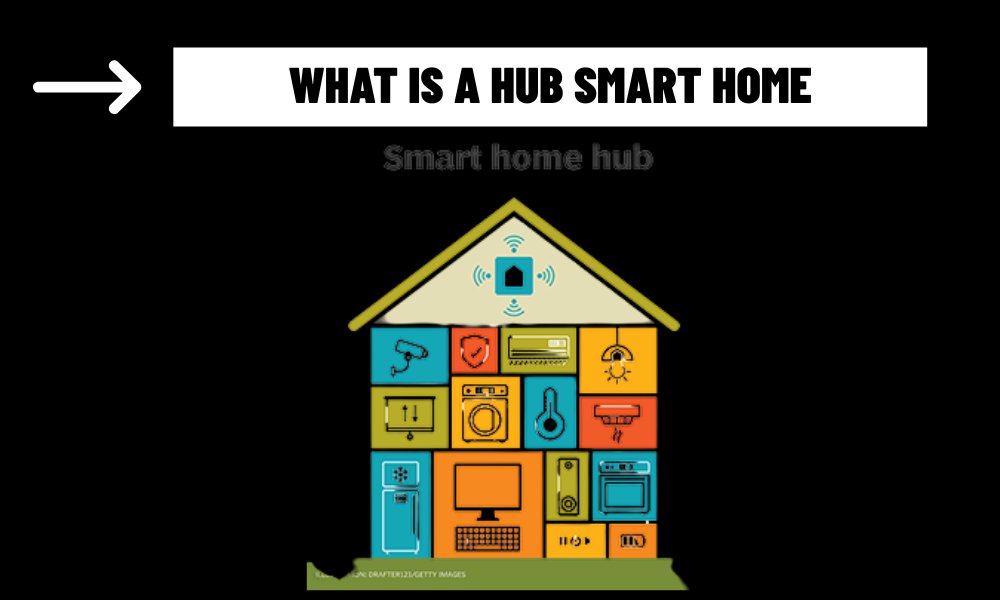In the digital era, we’ve spent years decentralizing financial systems, building on-chain identities, and imagining a future free from centralized gatekeepers. Yet, as we accelerate toward Web3 and AI convergence, one vital domain remains underexplored: the very place we call home.
AI-enhanced smart home automation marks the next step in our transition from static living environments to dynamic digital infrastructure. It’s not just about automating tasks—it’s about building homes that think, adapt, and align with the values of a decentralized future.
Contents
The Shift from Convenience to Infrastructure
In early smart homes, devices were fragmented and reactive. A smart lightbulb here, a camera there. Useful, yes—but hardly transformative.
Today, AI-enhanced automation transforms these devices into a cohesive infrastructure. Your home begins to resemble a distributed system—self-correcting, self-regulating, and increasingly autonomous. AI models continuously train on behavioral data, optimizing temperature, light, energy consumption, and access—all without human intervention.
Much like Layer 1 blockchains underpin decentralized ecosystems, the AI-enhanced home becomes the foundational layer for digital interaction in physical space.
Intelligent Adaptability at the Core
Adaptation is what separates smart from intelligent. AI-driven systems learn your habits, anticipate needs, and even respond to external stimuli like weather changes or utility grid fluctuations.
Imagine coming home on a stormy evening. Before you arrive, your home has already adjusted the lighting to a warmer tone, rerouted energy to essential systems, and notified you of potential outdoor flooding based on IoT sensors. You didn’t ask—it inferred.
These are no longer “features.” They’re adaptive behaviors forming the basis of a responsive, resilient environment—something traditional automation alone could never achieve.
Privacy by Design, Not as an Afterthought
Smart devices, as we know, generate vast amounts of sensitive data. The traditional cloud-based model poses clear risks: centralized servers, unclear data ownership, and opaque third-party usage.
In contrast, the new wave of AI-enhanced smart home automation embraces a privacy-first approach. Data remains encrypted at the edge, processed locally by AI models, and optionally stored or shared using blockchain frameworks where permissions are programmable and transparent.
In this model, your home is not just smart—it’s sovereign. You own your environment, your data, and the rules that govern both.
Security That Evolves with Threats
While conventional security systems focus on detection, AI-enhanced models emphasize prediction. They learn from past behaviors, adapt to evolving threats, and react in real time.
An unrecognized face at your door at an odd hour? The system doesn’t just notify you—it assesses behavior, cross-references contextual cues (location, device access patterns), and initiates protocol-based actions. Integrated with decentralized ID solutions, such systems are not just secure—they’re unspoofable.
This predictive security is analogous to on-chain auditing and autonomous smart contract execution: intelligent, trustless, and constantly evolving.
Decentralized Ecosystems Inside the Home
What’s most compelling is how AI and decentralization reinforce each other. As smart homes become hubs of data, power, and interaction, decentralization offers a path to avoid platform lock-in and monetization without consent.
Whether you’re tokenizing excess solar energy, granting access to a repair technician via NFT-based credentials, or integrating your home’s device cluster into a DePIN (Decentralized Physical Infrastructure Network), the intersection of AI and blockchain isn’t theoretical—it’s architectural.
Your home becomes a node in a broader network. Secure. Autonomous. Economically active.
Conclusion: A Smarter Home Is a Freer Home
AI-enhanced smart home automation isn’t about gadgets—it’s about redefining personal infrastructure. As homes evolve into intelligent environments, we’re witnessing a deeper shift toward digital self-governance, privacy-first design, and ambient intelligence rooted in context.
For those building in Web3 or investing in next-gen tech, this isn’t the fringe—it’s the foundation. The smart home of the future is already here, and it doesn’t just respond to commands. It learns, protects, optimizes, and above all—belongs to you.



